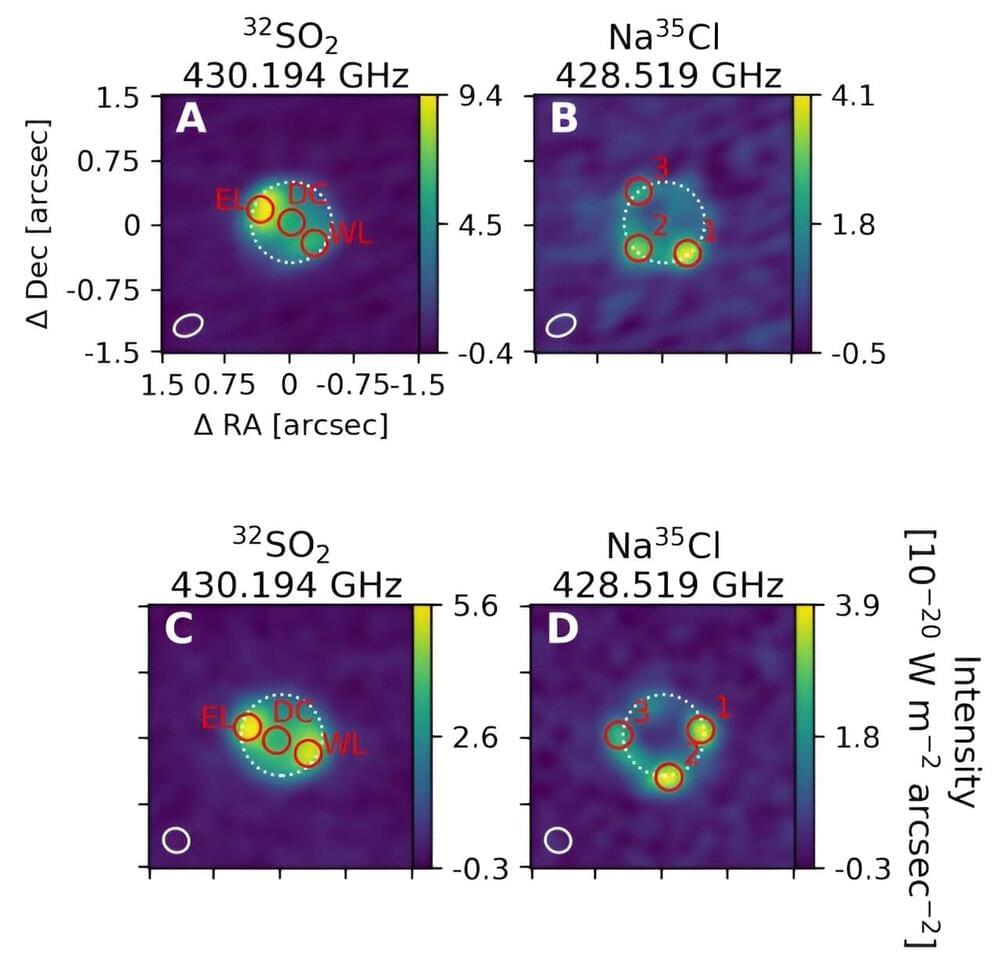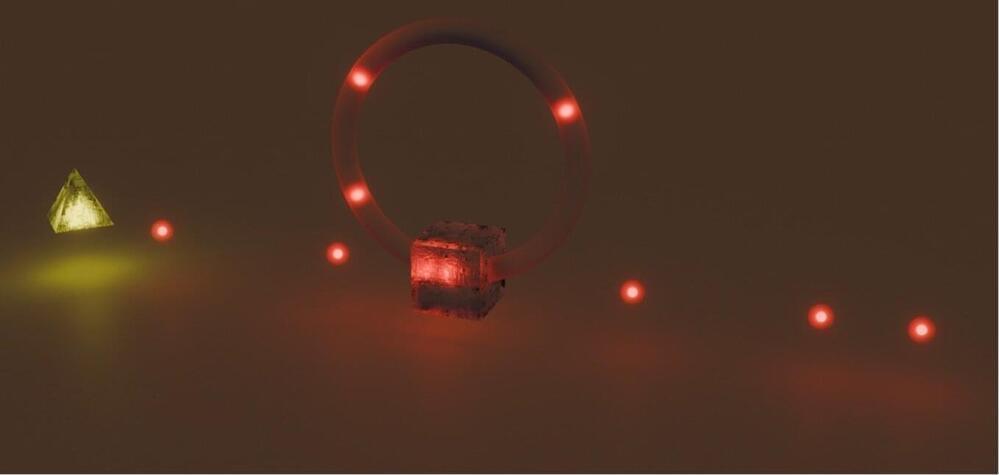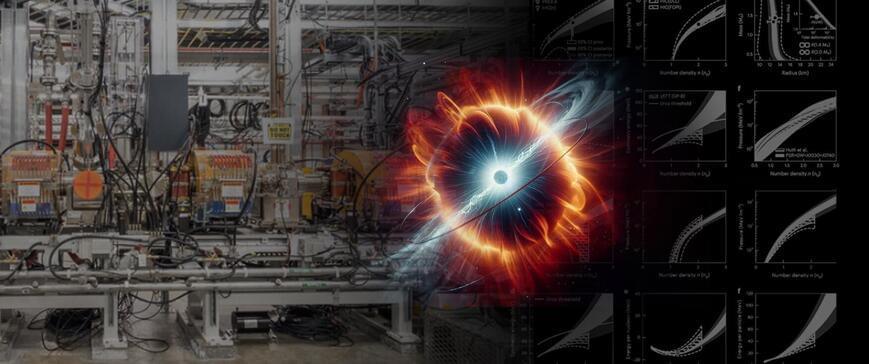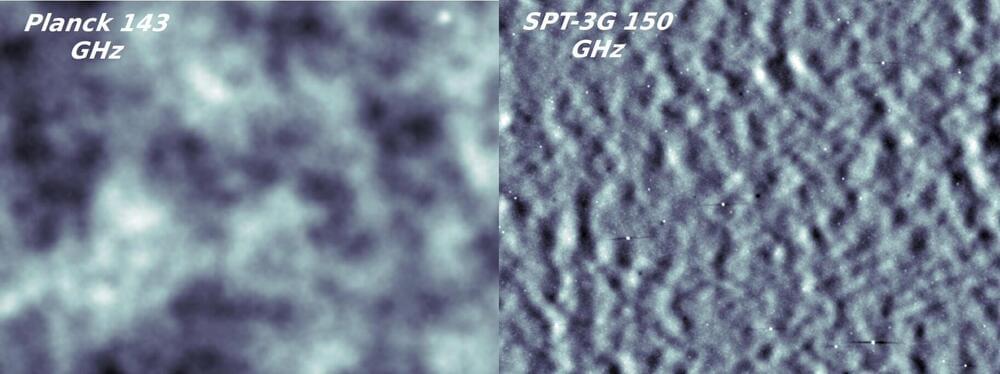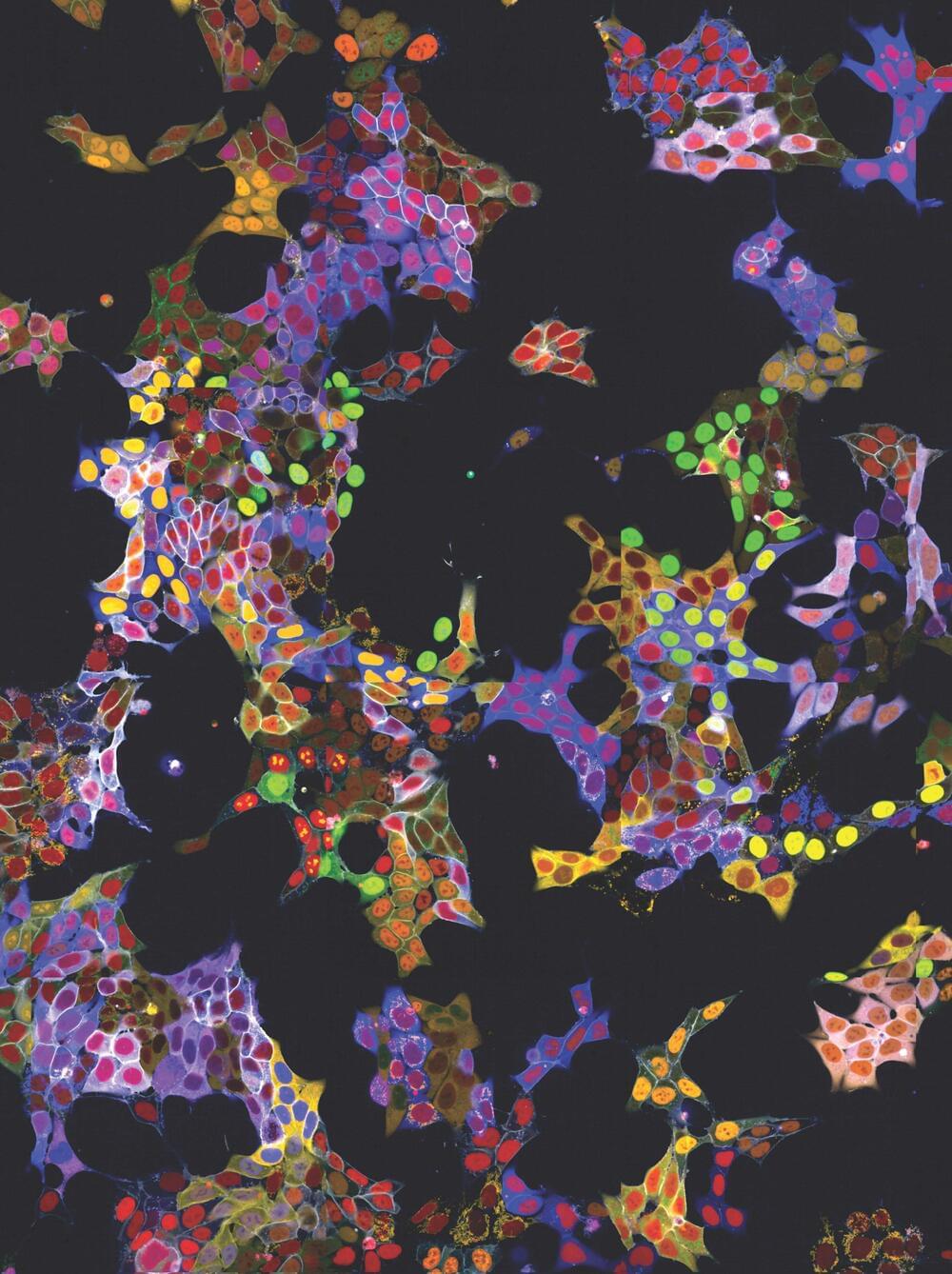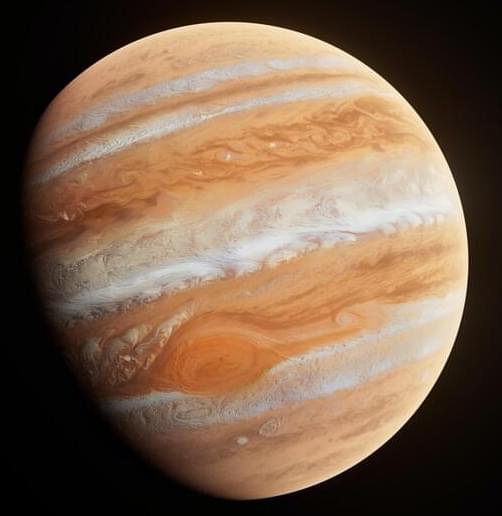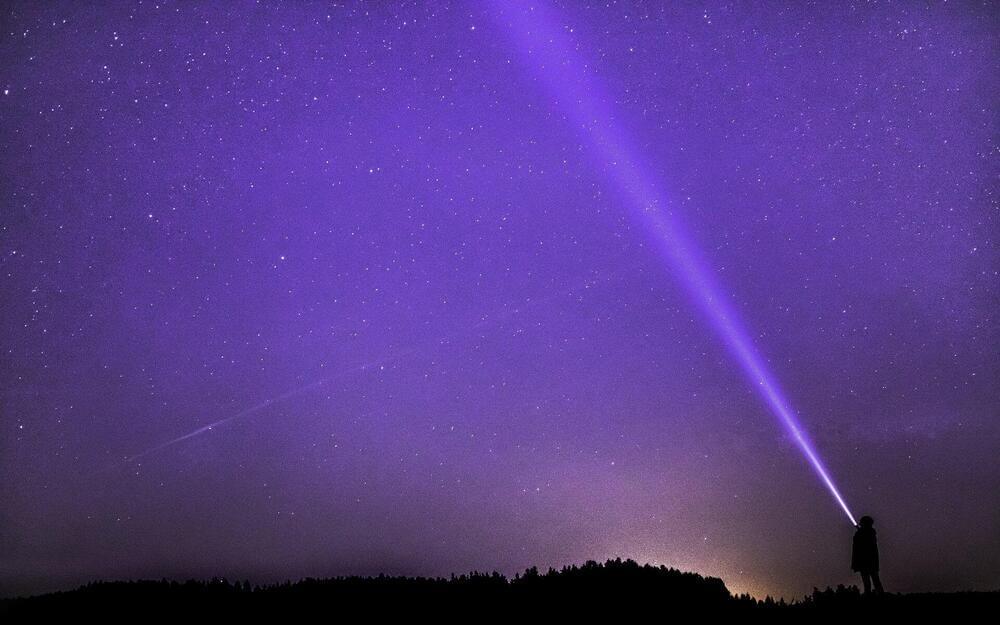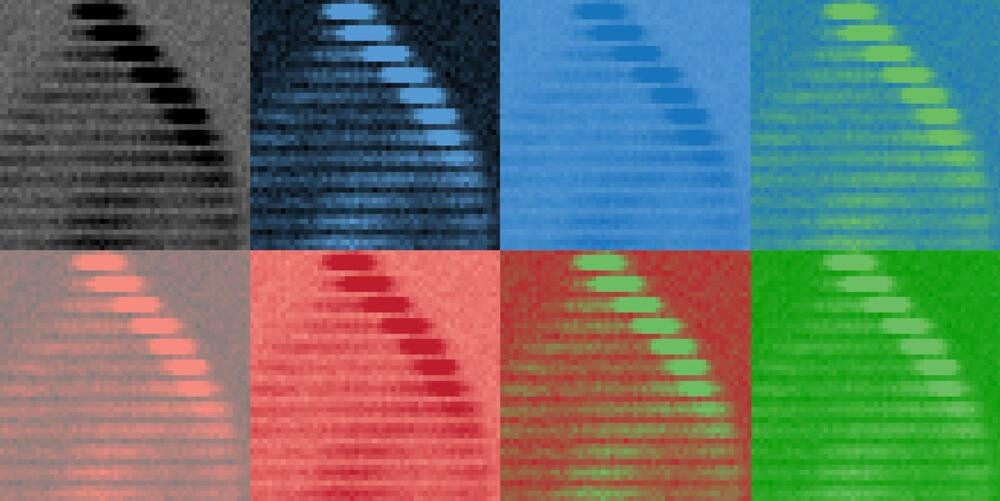
What is the mass of a neutrino at rest? This is one of the big unanswered questions in physics. Neutrinos play a central role in nature. A team led by Klaus Blaum, Director at the Max Planck Institute for Nuclear Physics in Heidelberg, has now made an important contribution in “weighing” neutrinos as part of the international ECHo collaboration. Their findings are published in Nature Physics.
Using a Penning trap, it has measured the change in mass of a holmium-163 isotope with extreme precision when its nucleus captures an electron and turns into dysprosium-163. From this, it was able to determine the Q value 50 times more accurately than before. Using a more precise Q-value, possible systematic errors in the determination of the neutrino mass can be revealed.
In the 1930s, it turned out that neither the energy nor the momentum balance is correct in the radioactive beta decay of an atomic nucleus. This led to the postulate of “ghost particles” that “secretly” carry away energy and momentum. In 1956, experimental proof of such neutrinos was finally obtained. The challenge: neutrinos only interact with other particles of matter via the weak interaction that is also underlying the beta decay of an atomic nucleus.
